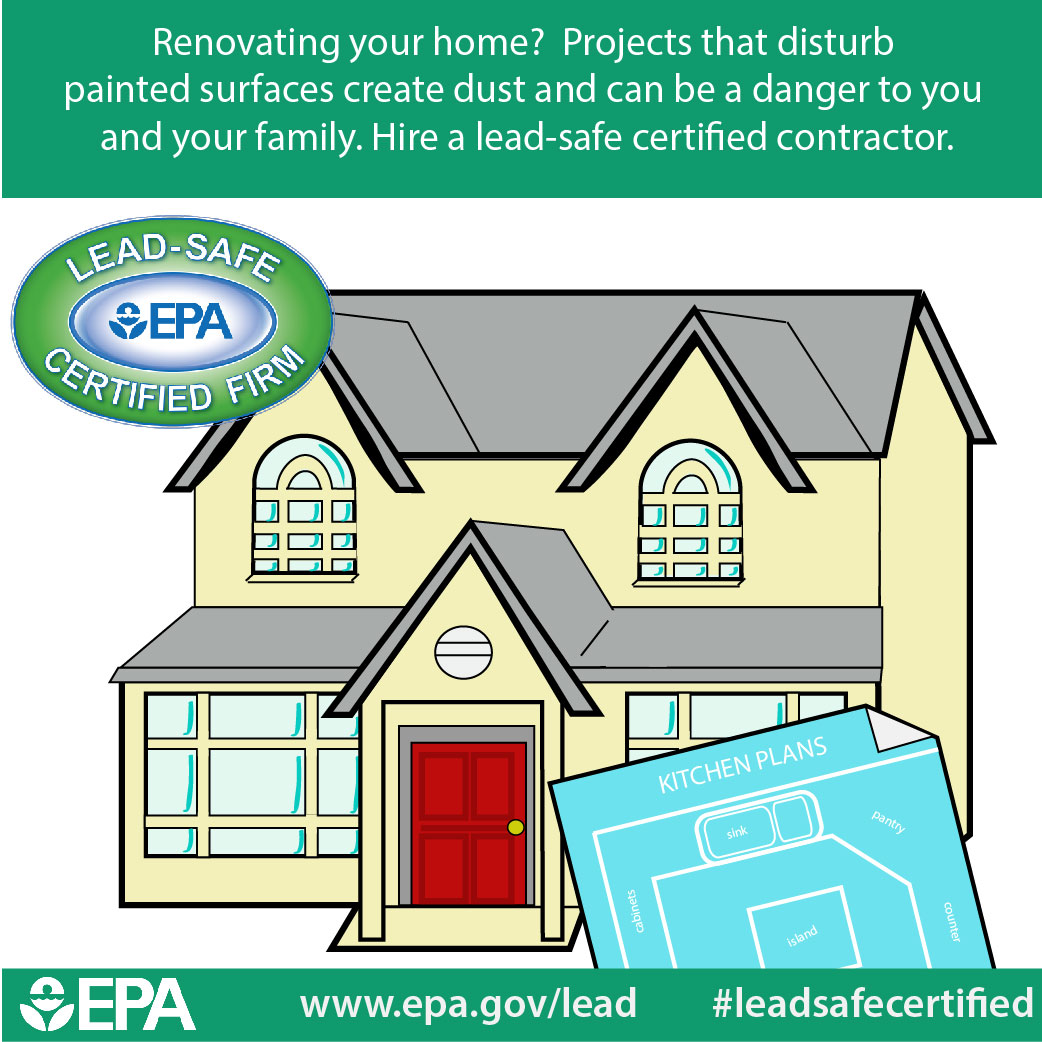Gain Understandings Right Into How Climate Condition Can Affect The End Result Of Your Outside Paint Job, Making Certain A Professional Coating
Gain Understandings Right Into How Climate Condition Can Affect The End Result Of Your Outside Paint Job, Making Certain A Professional Coating
Blog Article
Write-Up Writer-Kidd Morin
Understanding how weather conditions can influence the outcome of an external painting venture is paramount for achieving a flawless finish. From temperature changes altering paint bond to humidity levels affecting drying times, each aspect of climate plays a considerable role in the success of your job. Additionally, wind speed and rainfall can introduce unforeseen difficulties that might jeopardize the top quality of the outcome. As we browse with the subtleties of climate's effect on exterior painting, it comes to be noticeable that meticulous planning and strategic timing are important for guaranteeing an expert and resilient result.
Ideal Temperature Array for Paint
When considering outside paint projects, the ideal temperature range plays a crucial function in achieving optimal outcomes. Painting in the ideal temperature level problems makes certain that the paint sticks effectively to the surface, dries equally, and remedies effectively. Generally, the suggested temperature range for outside paint is in between 50 to 85 levels Fahrenheit.
Paint in temperatures below 50 degrees Fahrenheit can cause concerns such as poor paint attachment, prolonged drying times, and a raised possibility of splitting or peeling off.
On the other hand, paint in temperatures over 85 degrees Fahrenheit can create the paint to dry too rapidly, bring about blistering, gurgling, and an irregular finish.
To accomplish the very best results, it is necessary to examine the weather forecast before starting an outside painting project. Ideally, visit the up coming post to paint during light weather with modest temperatures and low moisture levels.
Results of Moisture on Paint Drying
Moisture degrees substantially impact the drying out process of paint related to exterior surface areas. High humidity can extend the drying time of paint, causing prospective problems such as dripping, spotting, or perhaps the formation of bubbles on the painted surface. https://www.readingeagle.com/2022/09/15/wall-painting-from-keith-harings-childhood-home-in-kutztown-sells-for-six-figures in the air slows down the dissipation of water from the paint, impeding the curing procedure. This is particularly bothersome for water-based paints, as they rely on evaporation for drying out.
On the other hand, low moisture degrees can also affect paint drying. port city painting may cause the paint to dry as well quickly, resulting in inadequate attachment and a rough coating. In such cases, adding a paint conditioner or spraying a great mist of water airborne can assist manage humidity levels and improve the paint end result.
To make sure ideal drying out conditions, it is suggested to repaint when the humidity levels vary between 40% and 50%.
Surveillance moisture degrees and taking proper actions can aid attain a smooth and resilient paint surface on outside surfaces.
Wind and Rainfall Factors To Consider
Wind rate and rainfall are important factors that dramatically impact the success of an outside paint task.
When it pertains to wind, both speed and instructions are necessary considerations. High wind rates can cause paint to dry as well rapidly, leading to a poor do with potential problems like breaking or unequal structure. In addition, wind can bring particles that might follow the damp paint, bring about flaws. As a result, painters should intend to work on days with light to moderate winds for optimal paint problems.
On the other hand, precipitation, whether rain or snow, can be incredibly damaging to the result of an external paint project. Moisture from precipitation can prevent paint attachment, causing peeling off and bubbling over time. It is crucial to prevent paint throughout rainy or snowy weather to make certain the long life and top quality of the paint work. Painters need to likewise permit sufficient time for the surface area to completely dry thoroughly after any kind of precipitation prior to commencing or resuming the paint process.
Conclusion
To conclude, weather conditions play a substantial role in the end result of an outside paint task. The perfect temperature level array, moisture degrees, wind speed, and rainfall all contribute to the success or failure of the paint task.
It is essential to take into consideration these aspects and strategy accordingly to make sure proper paint attachment, drying times, and general top quality of the ended up product.
